These Kits Beautifully Explain How City Sewers and Zoning Laws Work
New York’s Center for Urban Pedagogy uses art and design to help people better understand complex laws and systems
Be honest: how well do you understand zoning laws? Could you explain how your city’s sewage system works? Or what, exactly, rent stabilization involves?
Helping people—especially the disadvantaged—understand complex urban systems is the mission of the Center for Urban Pedagogy (CUP). The New York nonprofit knows that these topics are complicated and, frankly, sometimes boring. So they “use the power of design and art to increase civic engagement,” explains executive director Christine Gaspar. That means working with artists and designers to break down the subject matter into easy-to-understand visuals.
The Cooper Hewitt, Smithsonian Design Museum recently named CUP a National Design Award winner for its work. The annual awards, now in their 17th year, recognize innovative, impactful designers in 11 categories, from architecture to fashion to product design. CUP is in good company with urban planner Moshe Safdie, who designed the United States Institute of Peace headquarters in Washington, D.C., as the lifetime achievement honoree and Hargreaves Associates, the firm behind the parklands at London's 2012 Olympics, as the landscape architecture winner.
Sometimes CUP’s projects are as simple as creating posters. In 2009, the nonprofit worked on a project called Vendor Power, creating a large graphic poster to distribute to street vendors across New York City. Street vendors, who earn an average of $14,000 a year, can easily fall afoul of the city’s complex system of vendor laws. Park too far from the curb and you could be looking at a $1,000 fine. Allow your jacket to cover your vendor’s license? That’s another $1,000 fine. The poster, which explains the laws using graphics and sparse, multilingual text, was aimed to help vendors avoid these violations. CUP distributed the poster free at various city events.
Other times the projects involve more multimedia. Sewer in a Suitcase is an educational tool created to help people understand the city’s water treatment system. The project is a working model of a city sewer in a box that can be carried to classrooms and community workshops. Adults and kids can pour water into the sewer and watch it flow, helping them understand concepts like urban watersheds and the impacts of pollution.
CUP works with community organizations and advocacy groups to understand what issues need to be addressed and how to best address them. They recently worked with an organization in New York City's Chinatown whose community members were dealing with rent stabilized housing problems. Many were facing harassment or even forced eviction so landlords could get new, non-rent-stabilized tenants, which is illegal.
“There are a set of rights that often people in rent stabilized housing may not know about,” Gaspar explains. “In particular, immigrant communities often aren’t familiar with the laws or are afraid to rock the boat if their rights are being violated.”
So CUP created a fold-out poster explaining the rights of residents of rent stabilized housing. The poster was largely graphic, though text was translated into Chinese.
“The impact of that is tremendous,” Gaspar says. “People actually get to stay in their housing, in housing that’s affordable.”
CUP’s graphic approach is especially effective for immigrants who may not understand English; a single poster can reach an audience that speaks multiple languages. It’s also simply an easier way to help people understand dry topics.
“The visuals help people be less scared of the information,” Gaspar says. “We often use very playful graphics. There’s a lot of research showing that bringing the element of play into learning can actually make people learn more effectively.”
CUP works with illustrators, graphic designers and digital design experts. Many artists and designers, Gaspar says, like to work with CUP because it’s a clear way to see their work being meaningful in people’s lives.
“There’s a huge interest in the [art and design] community to work on social impact projects,” she says.
CUP often involves students in its projects as well. In Stand Clear of the Rising Fares, an artist worked with students from various Bronx high schools to investigate why public transit fares were on the rise, and created a video explaining their findings. High school students learned about the food stamp system and created a poster to explain it to others in Food Stamped.
CUP regularly receives requests from other cities interested in having similar tools available to them. As far as Gaspar knows, there’s no equivalent to CUP anywhere else in the country, though many of CUP’s projects are available for free download online.
“I think that some of the things that we do feel modest in a way,” she says. “But they’re really powerful because they’re bringing resources and tools into communities that don’t have access to these things.”
/https://tf-cmsv2-smithsonianmag-media.s3.amazonaws.com/accounts/headshot/matchar.png)
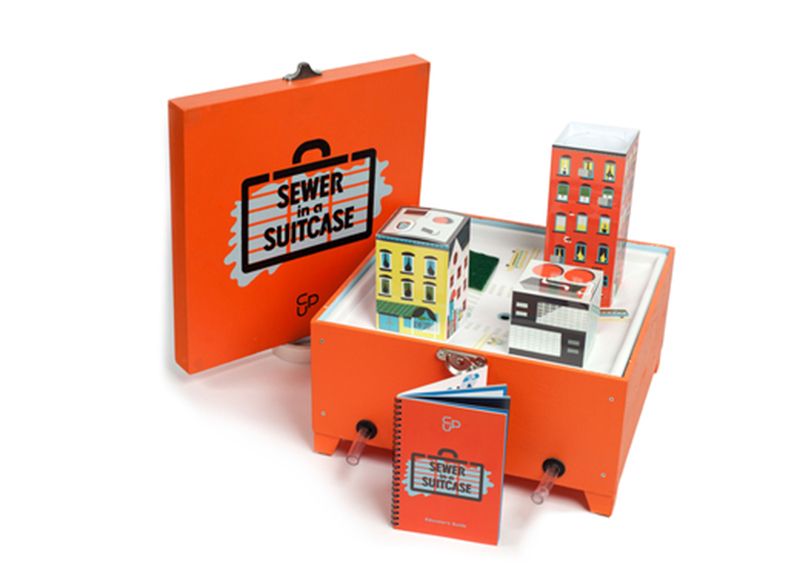
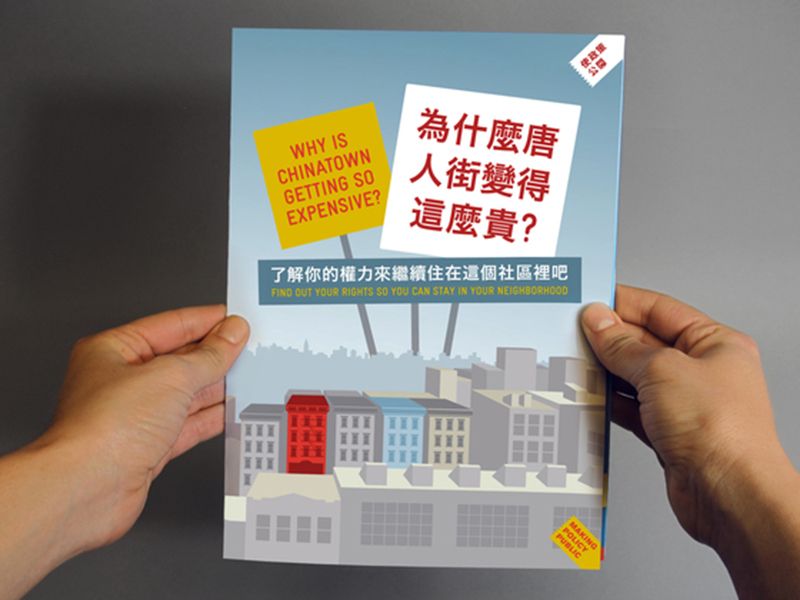
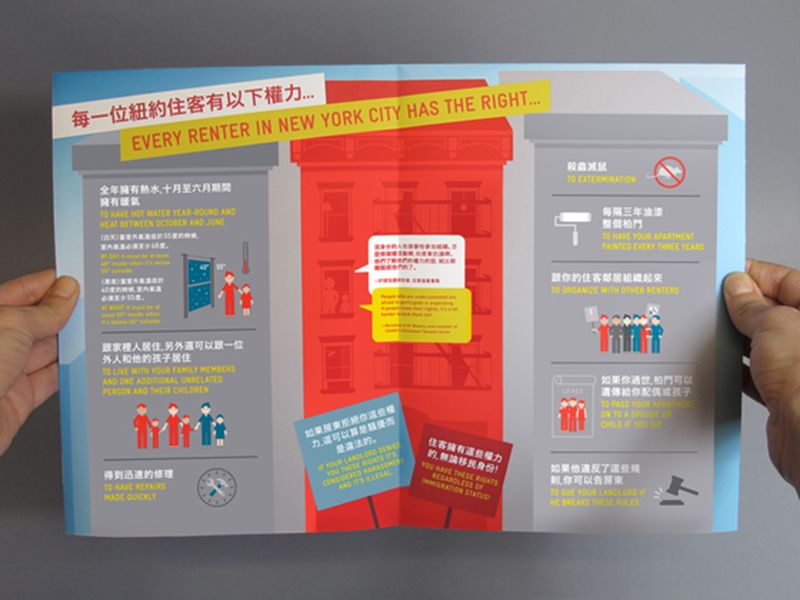
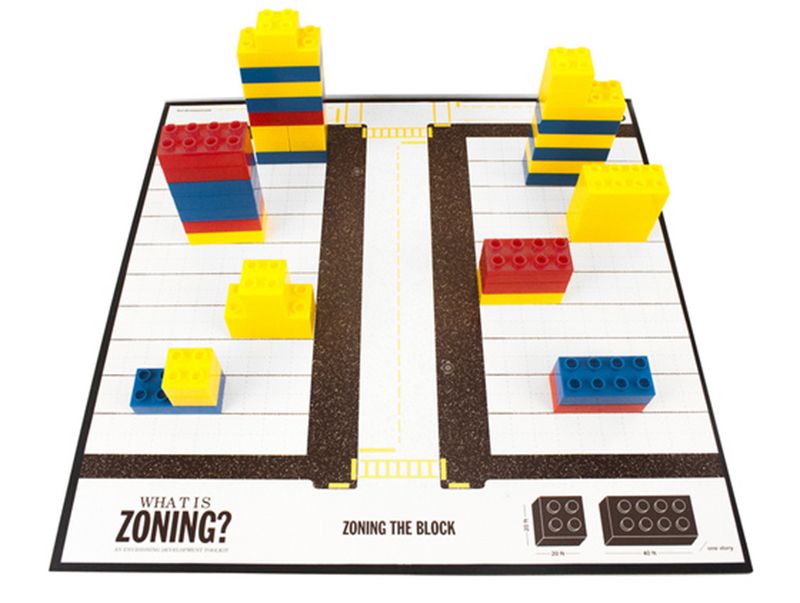
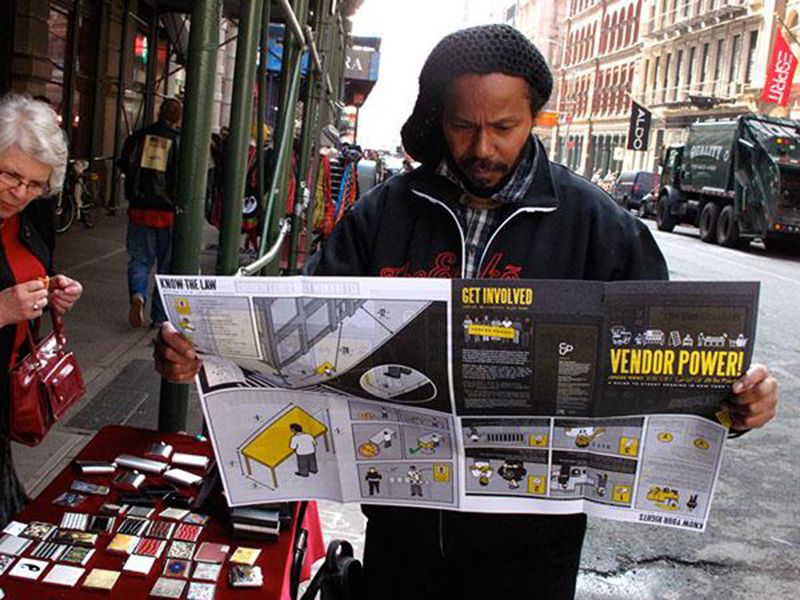
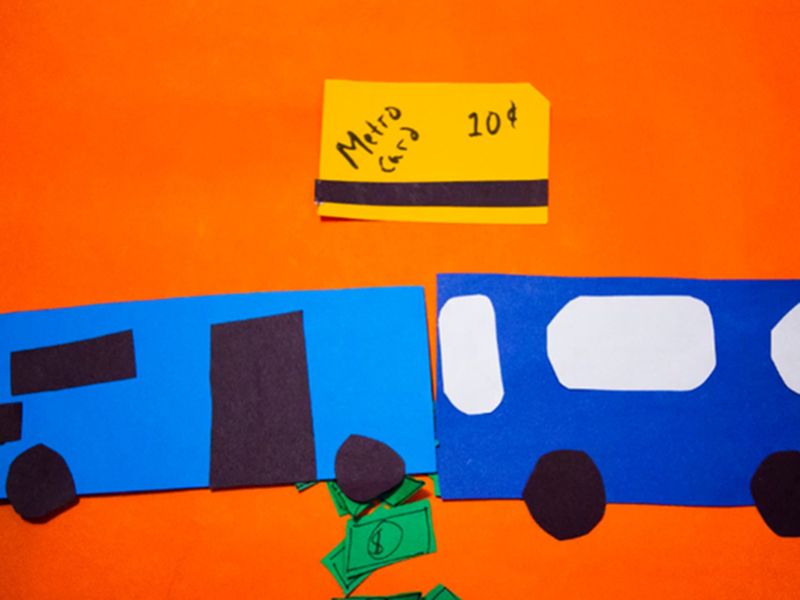
/https://tf-cmsv2-smithsonianmag-media.s3.amazonaws.com/accounts/headshot/matchar.png)